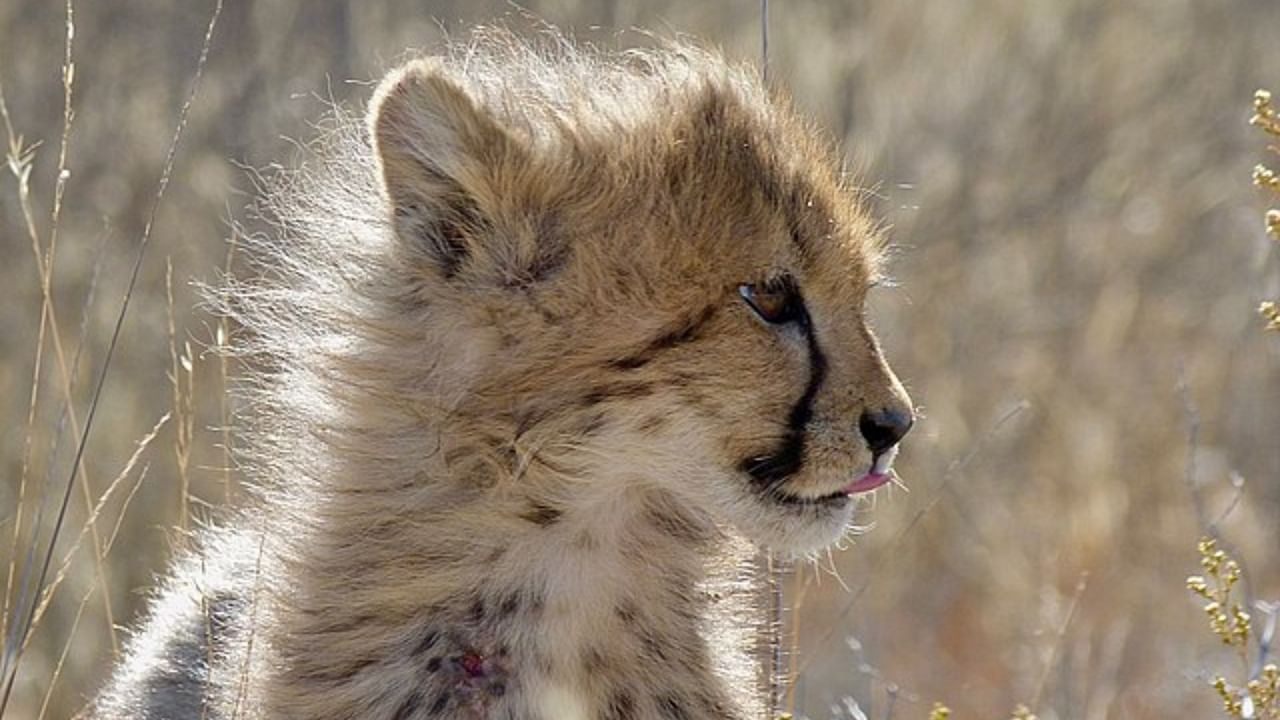
With three out of the four cubs born to the female Namibian cheetah, Sisaya, having died within two months at the Kuno National Park in Madhya Pradesh, here's a look at survival and mortality rates in Cheetah cubs.
Cheetah (Acinonyx jubatus) cubs, are known to have low survival rates. Previously, research on the Serengeti Plains, which are a protected ecosystem in Tanzania, found that only 4.8 per cent of 125 cheetah cubs monitored had a chance of reaching independence at birth. The main cause of cheetah cub deaths was attributed to predation by lions, which were responsible for 78.2 per cent of such deaths.
However, further research has disproved the theory that lions are the main reason behind high cheetah cub mortality. In the Kgalagadi wildlife preserves (South Africa and Botswana) for instance, 53.6 per cent of cheetah cubs survived, making it to adolescence, and lions were found to account for only 6.7 per cent of cub deaths. The idea that lions are the main threats for cheetah cubs, though, has already impacted conservation strategies, as it is believed protected areas may not be suitable for cheetahs if they cannot coexist with large predators.
Moreover, recent research suggests that the influence of cub survivorship on cheetah population growth rate is relatively small compared to the large effects of adult survivorship. This is probably because female cheetahs can maintain a stable population by conceiving again, soon after losing their litters. This suggests that conservation efforts should perhaps focus more on adult cheetahs, than cheetah cubs, with emphasis on protecting adult cheetahs from poaching and habitat loss.
Further, there are other factors involved: Cheetah cub survivorship has been found to be negatively affected by rainfall but positively affected by the numbers of Thomson's gazelles, the cheetahs' chief prey.
In the case of the Kuno deaths, the scorching summer temparatures would seem to have a role to play as well; officials have claimed the cubs likely died due to dehydration caused by excess heat.
South African wildlife expert Vincent van der Merwe, however, told news agency PTI that these deaths were part of the process of reintoduction and said more deaths were likely. “Cheetahs naturally have high mortality rates. And we observed these same mortality rates in Africa when we reintroduced them into unfenced systems,” van der Merwe said.